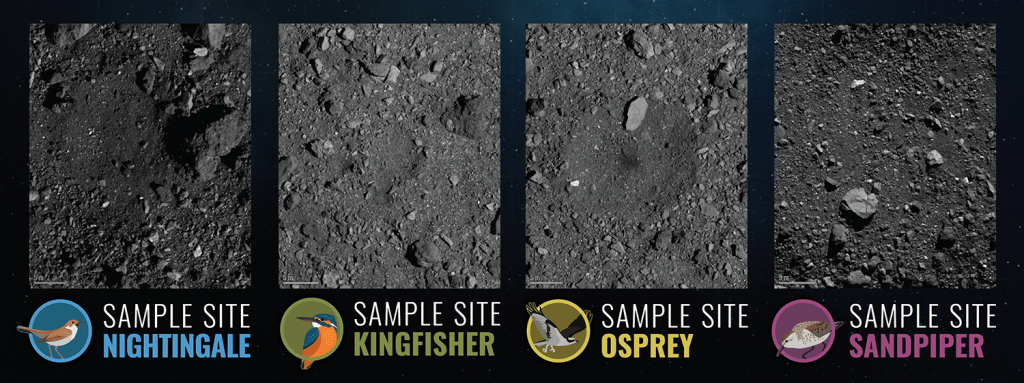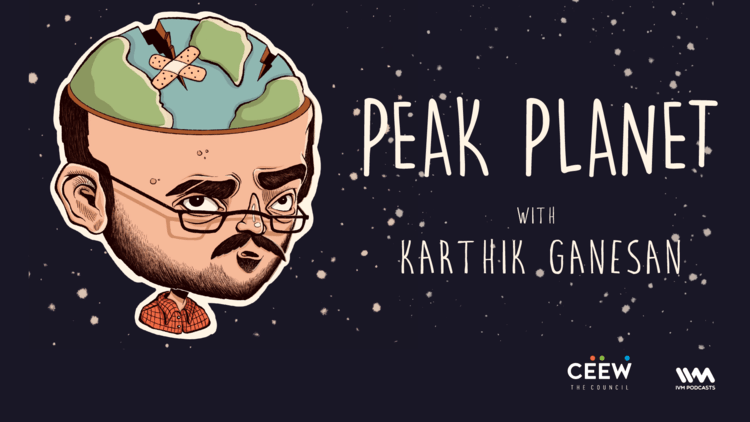The 15th episode of NewSpace India podcast came out this Friday (January 17). It had Narayan Prasad in conversation with Vasudevan Mukunth. VM is the Science Editor for The Wire. If you do follow their Science stories, it is in quite a league of it’s own (better than most Indian coverage and almost at international standards). He also blogs extensively at Root Privileges and tweets at @1amnerd. Full disclosure that he has been my editor of the two pieces that I have contributed to The Wire.
Here are my notes from listening to the podcast episode for my own future reference:
The coverage of ISRO as a journalist depends on the quality of information and access to sources available to a journalist. It requires more information made available in the public domain and access to sources who can explain the information to a journalist. There is no clear demarcation on when the information is publicly available. In many cases, ISRO uses policy to clamp up when asked tough questions.
NP suggests this might be a top level policy level decision. VM suggests that the policy is that scientists are allowed to speak to journalists as long as their comments are not adversarial. Scientists often err on the side of caution and hence do not speak at all. There is no clear information policy. This ambiguity in information policy means that when a failure occurs, information flow just dries up.
NP describes The Wire’s science journalism with respect to ISRO as being that of piecing together information, for placing things in context and critiquing various aspects of the space program. He suggests that the lack of information has forced The Wire to take to this form of “citizen journalism”. VM replies saying that ISRO clamps up information and they seem to fail to acknowledge other sources of information for the stories. As an example, they fail to acknowledge that NASA could find the Vikram lander and put this news out. Similarly, international experts challenged the DRDO claim of the impact of the ASAT test. ISRO scientist don’t put out such news because they don’t know whether they can say it. Information comes out in the form of tweets, in form of access to ISRO Chairman’s office, some of the press notes or updates on the ISRO website etc.
NP then asked VM to share the toolkit that he uses to cover ISRO given this lack of information. VM replies that he uses Google, CelesTrak (where he’s playing with orbital visualisations), he uses crawlers that frequently crawl on the ISRO website where information is put out but not easily available/visible like PDFs etc, Twitter, WhatsApp and the ISRO sub-reddit. VM shares The Wire story that he did on the ISRO sub-redditors and other sources of ISRO news.
VM and NP think that clamping up when failure strikes is a cultural issue that ISRO needs to tackle. VM sympathises with ISRO with regards to the loss of signal issue during the Vikram landing as they may not be comfortable doing this. He feels that they would have done much better to keep quiet rather than to make absurd claims like 95% mission success etc. This is because of the lack of training of journalists they would report anything that ISRO says without questioning.
At another earlier point in the conversation, VM and NP had discussed that lack of good questions came from lack of well-trained journalists who follow space. VM had then argued that there was no point having good journalists when there was not enough people to answer said good questions. Existing journalists have also been made to bureaucratic hoops to cover ISRO events.
ISRO has also lost many opportunities for public science participation. Finding Vikram and Moon Impact Probe were good use cases. Images could easily have been released of the landing site and help taken from the public to find the lander. Also, NP points out that ISRO had a lot of support from the public in many fora, despite a failure and this makes ISRO statements like the 95% success rate unnecessary.
NP then asks on the possibility of using tools like the RTI. VM says RTI provisions are getting diluted and it is getting more difficult to get information through RTI in other areas. However, an RTI request could easily be blocked citing National Security reasons. So, VM wonders if it is worth the investment of time to apply a RTI query. He also says that information regarding a program under taken by ISRO should be put out voluntarily. VM says that commercial use of ISRO images and spacecrafts like the PSLV launch of Mars Orbiter Mission for the movie, Mangalyaan should have been made available easily for commercial use.
NP suggests that given ISRO’s lack of response, one of the ways in which good questions can be put to ISRO may be through the Parliamentary Standing Committee. He suggests it as one of the ways for getting information from ISRO. VM reiterates his stand that information should be forthcoming voluntarily from ISRO.
They both agree that the issue with answering questioning and putting out information is a cultural issue with ISRO.
NP then asks if there must be independent thinking and tracking of the space program, similar to efforts of T S Kelso and Jonathan McDowell. VM thinks that the lack of information availability makes this sort of analysis difficult in the Indian context.
NP then asks VM about what we can look forward to in the future from The Wire Science. VM says they are looking to add more videos and educational material. He believes that having a more informed audience improves the type of journalism that they can do.
They discuss how more senior and retired ISRO journalists could contribute more in the education and discourse if they wrote after their times at ISRO. VM thinks this is also not part of their culture. The books coming out currently are anecdotal or technical. U R Rao’s book is quoted as an exemption and an example to follow. ISRO scientists like Tapan Misra take to Facebook to write about current events at ISRO.
VM ends by saying that he is happy that more diverse newsrooms are now covering space. He gives Firspost as an example for this, whereas earlier the Hindu science pages was the go-to for this sort of information.
VM has posted an addendum to this conversation on his blog and Ohsin also shares his feedback on the ISRO sub-reddit along with his lament about how ISRO image policy leads to loss of images used for coverage of ISRO on Wikipedia. The about community for ISRO’s sub-reddit page perhaps encapsulates the whole episode: For anything related to Indian Space Agency we love but hardly know.


